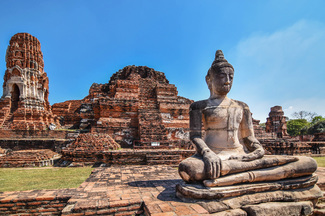MONSOON - THE WINDS OF CHANGE
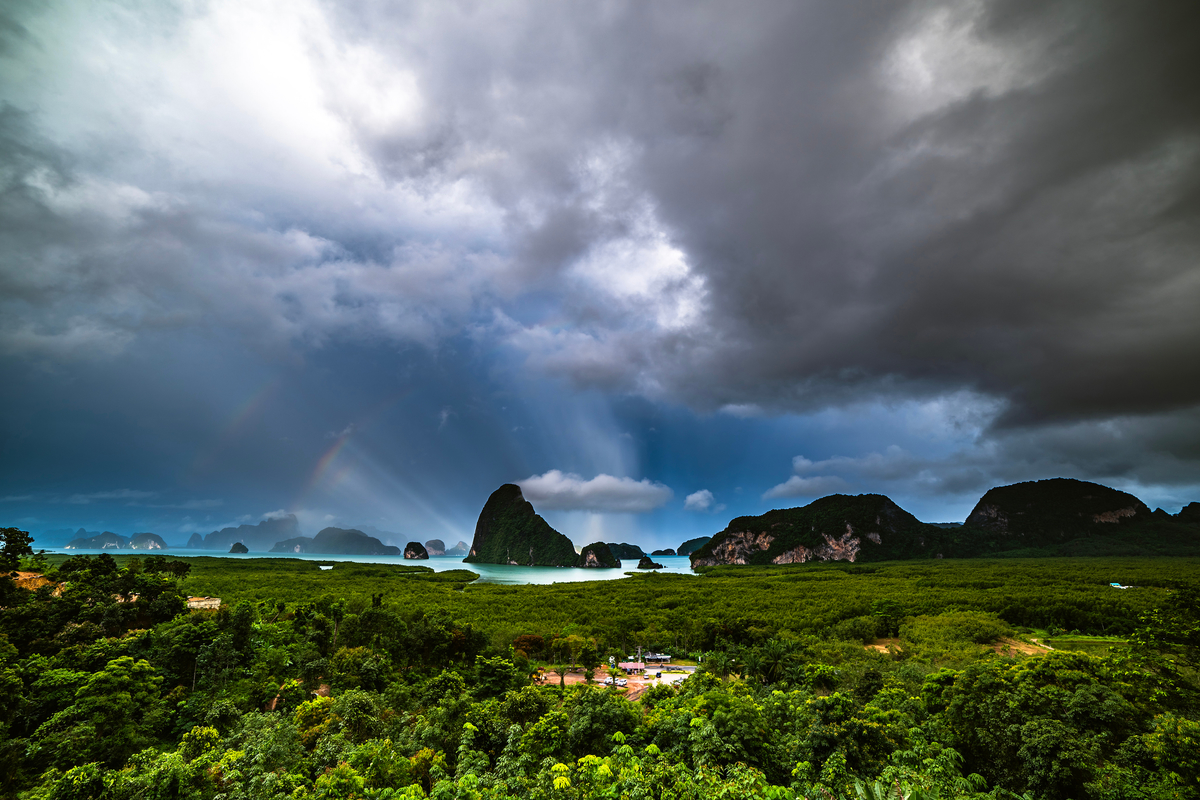
The word monsoon derives ultimately from the Arabic mawsum, ‘season’, the dramatic development of which, that we experience today, was the result of the collision of the Indian sub-continent with Asia, some 50 million years ago, resulting in the uplift of the Tibetan Plateau. This dramatic geological event has shaped the climate of the region ever since and determined the pattern of life for millions of people who depend on its life-sustaining rains to ensure their survival.
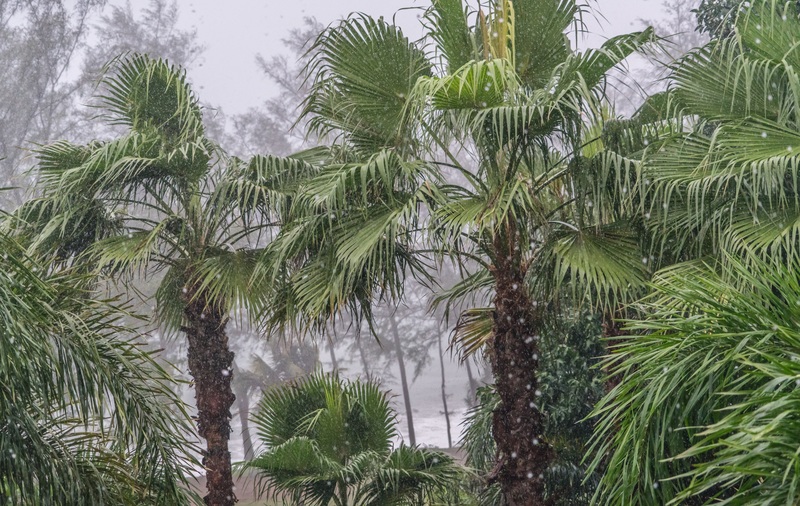 The vibrant drama of the monsoon
The vibrant drama of the monsoon
The so-called southwest and the northeast monsoons refer to the changes in the wind direction and their effects on climate and weather. Thailand, located between huge areas of land and sea, has mountainous uplands, plateaux and jungle-fringed coastal areas, all of which are affected to a greater and lesser degree and at slightly differing times by a wet season, lasting six months, a cool period of three months and a dry season, with average temperatures year round ranging from a pleasantly mild 18 degrees to a fierce, energy sapping 38 degrees centigrade.
The wet season generally lasts from the middle of May or early June to the middle of October, although the rainfall may continue in the south until December. The cool season, from the middle of October to mid-February, can see temperatures in the north become quite chilly, excellent weather for hiking and trekking enthusiasts. The intensity of rainfall and winds varies from year to year, but with the wind coming in from the southwest the Andaman Coast is affected the most, with torrential rain, high winds and waves that can stop some boat services from operating.
The north-easterly winds on the other hand have a much greater effect on the Gulf of Thailand, bringing very heavy rainfall to the offshore islands, like Koh Samui and the coast itself, especially during the period from November to January.

Koh Tao in the Gulf of Thailand bears the brunt of November storms
In some places Like Ranong, in the southwest of Thailand, reputedly the wettest region in the country, the rainy season can stretch from April to November. Hua Hin, on the other hand, in the Gulf of Thailand, has only two months of significant rainfall, September and October. In Bangkok the rains usually make their appearance in late June or early July and reach a peak in September before petering out in October.
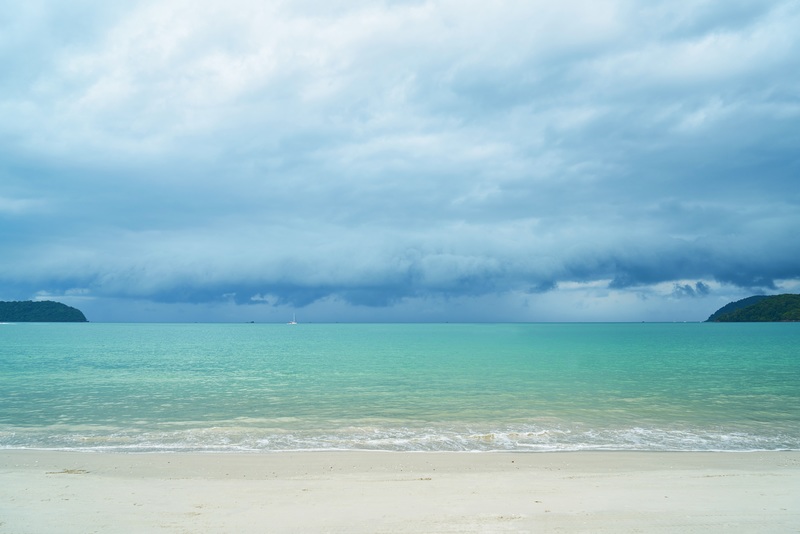
Vibrant storm skies, a daily occurrence
Generally speaking Bangkok initially experiences sporadic storms and some overnight rainfall before the really heavy downpours make their appearance. It seldom rains every day and rarely all day long, but occasionally the sky can take on a cinematically dramatic look as ominous thunder clouds roll in to announce a storm of spectacular proportions. The rain cascades down in torrents and the sky performs a sound and light show of biblical dimensions, turning roads into streams and bringing traffic to a standstill.
This is the perfect time to cuddle up with a hot drink and thank the fates that you are safe and sound indoors as you watch the chaos unfold outside. Thais are inured to it all and take it in their typically stoic fashion, knowing that nothing lasts and soon the sun will appear to brighten things up again.
These seasonal winds have for millennia influenced farming practices and shaped the patterns of trade during the age of sail. Merchants and holy men from far and near brought spices and novelties and influences which have shaped Thailand and its culture over countless centuries. Thailand until recently was the world’s largest exporter of rice, but the monsoon, and the rainfall it brings, often proves to be as much a curse as a blessing, sometimes coming too late, causing young plants to die, or in such an abundance that flooding destroys the ripening crops.
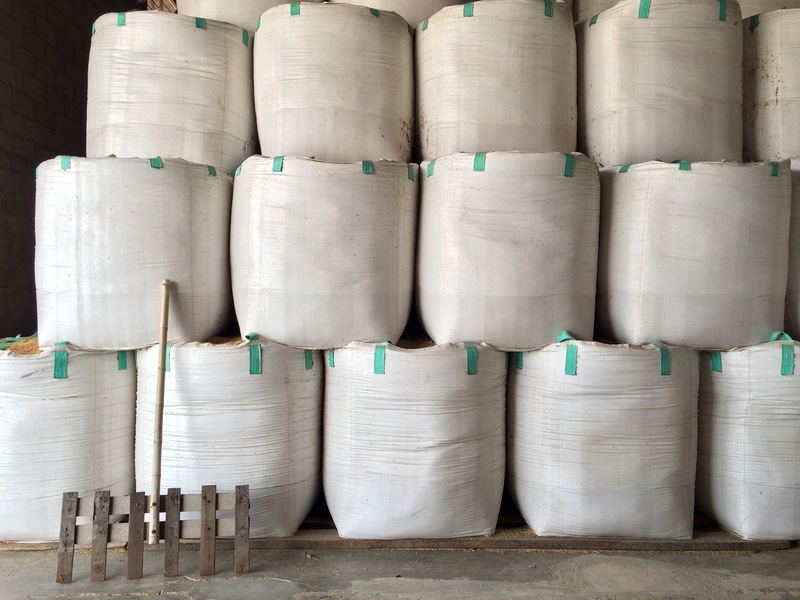
One of Thailand’s biggest exports, rice, all bagged up and ready to go
Rice has always been the staple food of Thais and its cultivation governed by the advance and retreat of the monsoonal winds and accompanying rain. The majority of rural Thais call themselves Chao Na, rice farmers, and have a deeply spiritual connection to their land and the growing of rice. Before the crops are harvested the rice goddess, Mae Posop, must be honoured to ensure a greater bounty, and it is believed that the rice seed’s kwan,spirit, is made pregnant by the monsoonal rains.
When the southwest monsoon is in full swing the rice seedlings are transplanted in neat rows in the water-logged paddy fields. By the time the cooler north-easterly winds arrive from central Asia the crops are turning golden and ready for harvesting. Between these two monsoons is the hottest period when the rice stumble is burned off and the ground made ready for the cycle to begin again. This is, by the way, not the best time to visit Chiang Mai and the north as the choking smoke invades the city and surrounding countryside, making life pretty unpleasant.
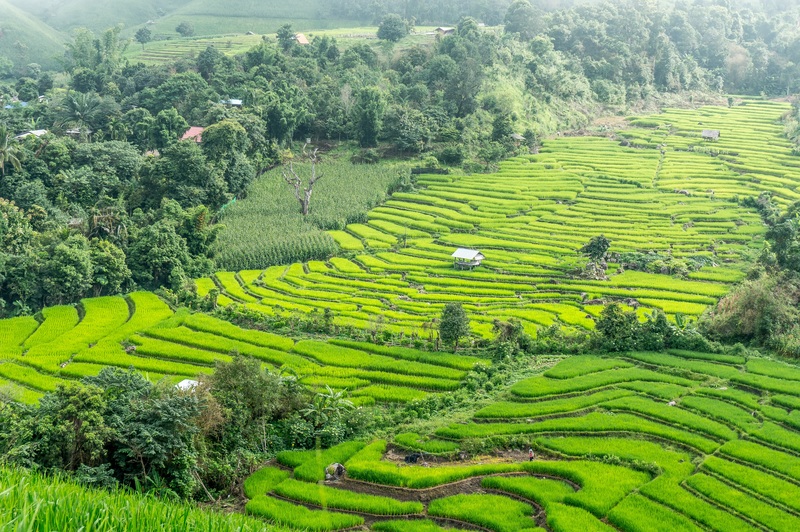
Rice terraces, Chiang Mai
This traditional way of farming has however changed substantially over the years with the advent of increasingly larger plantations. Poor rice farmers sell up and often find work as truck drivers or head to the cities to seek better prospects and an easier life. Climate change too has had a major impact, resulting in a change to genetically modified rice crops that are more resistant to drought and flooding and offer greater yields.
The cultivation of rice in Thailand is believed to date back to 3500 BC and today there are more than 3,500 varieties available, from the exotically wild, and local varieties, to the newly created by man. Rice is served with almost every meal. Indeed the verb to eat in Thai is Kin Khao, which literally means ‘eat rice’, and a common greeting is Kin khao reuh yang? ‘Have you eaten (rice) yet?’
So when the next bowl of steaming white rice is placed in front of you spare a moment to reflect on the forces of nature and the back-breaking effort that have combined to bring it to your table and above all give thanks to the winds of change that make it all possible.










of collaborative energy




Before proceeding to use the website please carefully ready our Terms and Policies
I accept Diwerent's Terms and Conditions and Privacy Policy










